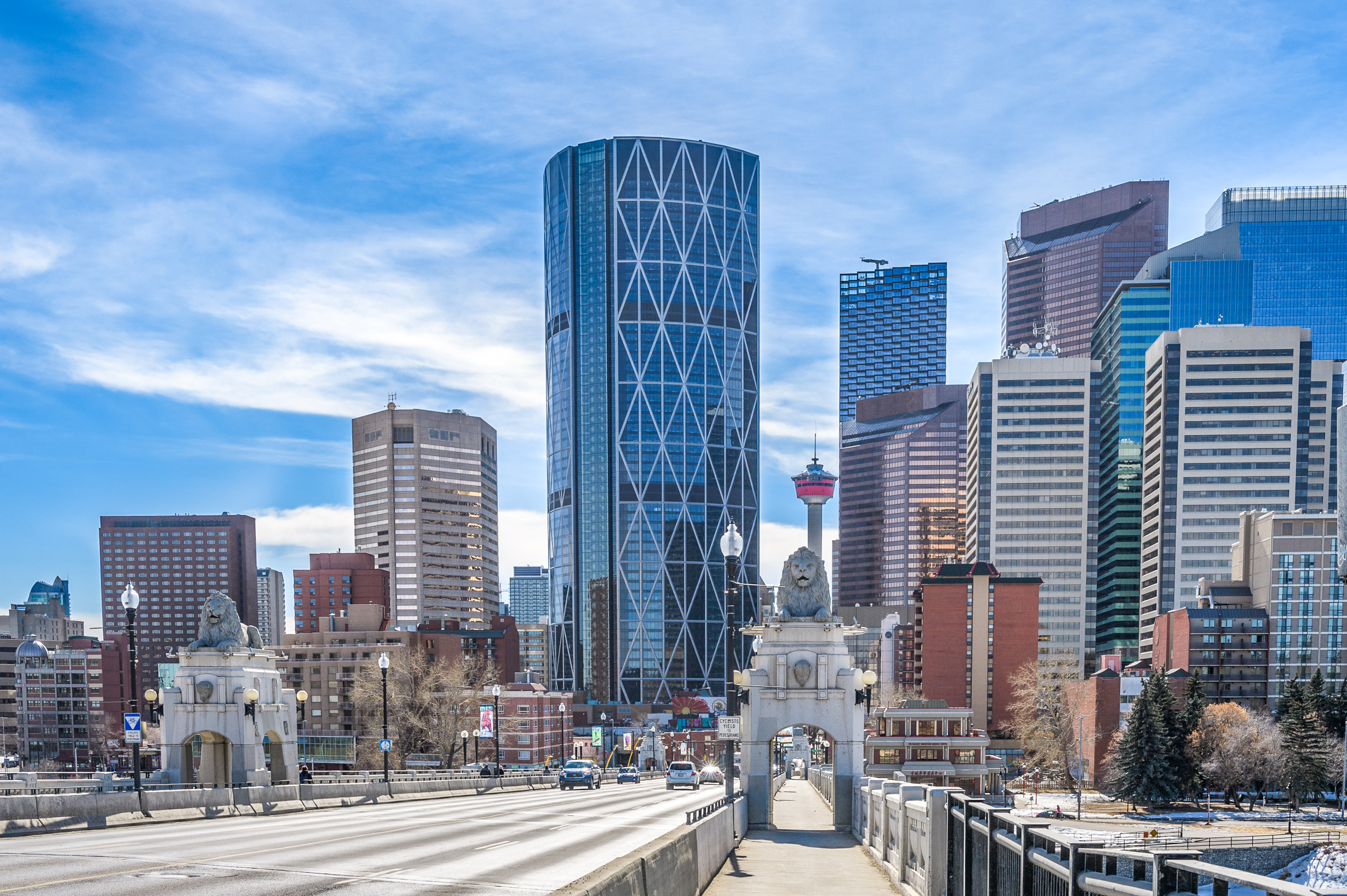FCC1982
Active Member
The Crowchild plan is from 2017, see here:I'm genuinely appalled that this Crowchild expansion is still on the books and is one of the 'key ingredients' for this TOD. How the hell in the 21st century does the City thinks it is acceptable to do this kind of road widening in a highly transit supportive location like this.
Having lived just east of Crowchild on 24th Ave and gone to the U of C the expanse that is crossing Crowchild on 24 Avenue is already enormous. They have a considerable amount of good urbanism happening east on 24th Avenue as well, finally. And now they want to double the distance you have to travel across Crowchild? This will feel like crossing Stoney Trail to get to the University. Transportation Engineers have way too much power and pull at the City of Calgary. These people are planning roads like it is Houston in 1975.

Crowchild Trail Study
and here:

Crowchild Trail Upgrades: Medium and long-term plans
Once complete you would’t be crossing Crowchild at 24th at grade but rather over a bridge.
Last edited:




